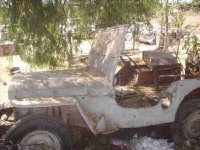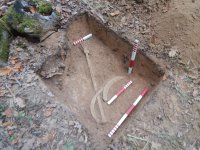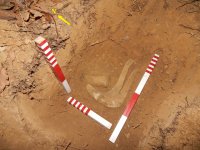sabre15
Sr. Member
I am posting this due to reading other posts regarding the change of appearances in land where hidden casches are supposedly buried.
Other than an urban area such as parking lots and subdivisions, what kind of changes take place on an area mostly undisturbed out in the country over 100 to 200 years?
What would be the most significant change in a forest or on a plantation or any general area in the country?
I would like people with experience in this matter to chime in and help on identifying markings that could link today's spot with what it would have looked like years ago.
Sorry if this is a boring subject or if the question is too vague.
Other than an urban area such as parking lots and subdivisions, what kind of changes take place on an area mostly undisturbed out in the country over 100 to 200 years?
What would be the most significant change in a forest or on a plantation or any general area in the country?
I would like people with experience in this matter to chime in and help on identifying markings that could link today's spot with what it would have looked like years ago.
Sorry if this is a boring subject or if the question is too vague.









